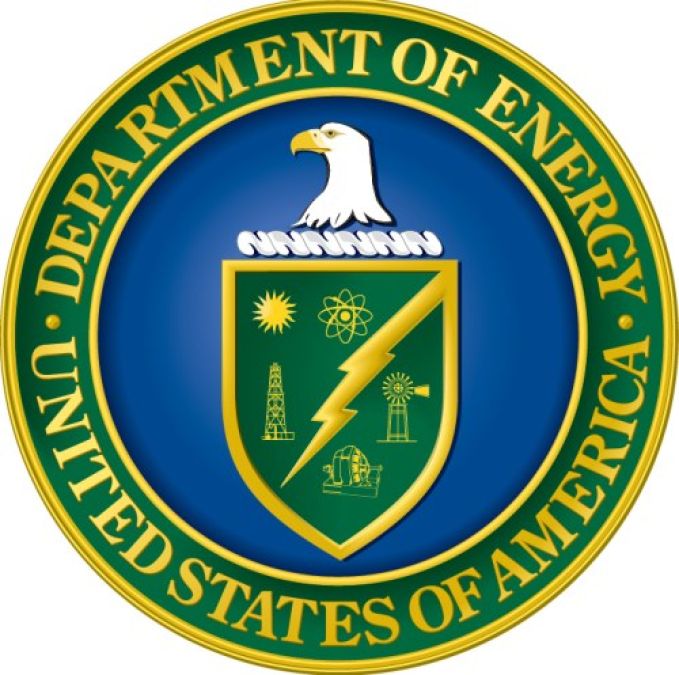Located at the Orange County Sanitation District's wastewater treatment plant in Fountain Valley, California, the fuel cell commissioned today is a combined heat, hydrogen, and power system that co-produces hydrogen in addition to electricity and heat, making it a tri-generation system.
According to the DOE news release, the hydrogen produced by the system is sent to a hydrogen fueling station that will be open to the public and can support between 25 and 50 fuel cell electric vehicle fill-ups per day. The fuel cell also produces approximately 250 kW of power for use by the wastewater treatment plant.
Good news is, this on-site approach to hydrogen production advances hydrogen infrastructure technologies that will accelerate the use of this renewable fuel.
"Innovations like this demonstrate how American ingenuity and targeted investment can accelerate breakthroughs in the hydrogen and fuel cell industry while driving the clean energy economy forward," said DOE's Deputy Assistant Secretary for Renewable Energy Steve Chalk. "By providing the added value of electricity and heat, this approach provides a significant step in overcoming economic challenges with hydrogen refueling infrastructure."
For the record, the DOE's Office of Energy Efficiency and Renewable Energy invests in clean energy technologies that strengthen the economy, protect the environment, and reduce dependence on foreign oil. The public is encouraged to find out more about DOE's support of research, development and deployment of hydrogen and fuel cell technologies.
In the case of the Fountain Valley tri-generation fuel cell and hydrogen energy station, the project was developed as a partnership between the U.S. Department of Energy, California Air Resources Board, the Orange County Sanitation District, and private industry. The project is managed by Air Products and additional partners include FuelCell Energy, Inc. and the National Fuel Cell Research Center at the University of California, Irvine.
Fountain Valley uses biogas from the municipal wastewater treatment plant as the fuel for a fuel cell. The system is then integrated with a hydrogen purification system to recover approximately 100 kg of hydrogen per day.
The Fountain Valley fuel cell system could offer a pathway to low-cost hydrogen. The entire concept especially demonstrates the versatility of fuel cells to utilize multiple feedstocks, such as biogas and natural gas, to produce power and renewable hydrogen that can be used to fuel light duty vehicles such as forklifts or as backup power in applications such as cell phone towers. Primarily running on biogas, the system can also use natural gas to sustain a consistent feedstock in the case of any disruption in biogas availability or quality.
-----------------------
About the Reporter: After 39 years in the auto industry as a design engineer, Frank Sherosky now trades stocks, futures and writes articles, books and ebooks like, "Perfecting Corporate Character," "Awaken Your Speculator Mind", and "Millennial World Order" via authorfrank.com. He may be contacted here by email: [email protected]
________________________________________________
Additional Reading:
DOE funded innovation to triple photosynthesis for hydrogen fuel
Cella Energy achievement may make hydrogen fill-up a reality
Stop-start technology especially challenging for micro-hybrid engineers
Stop-start technology to advance more micro hybrids by 2016
Aptera looking to Midwest states for EV manufacturing plant
Carl Benz invented automobile this day 125 years ago





